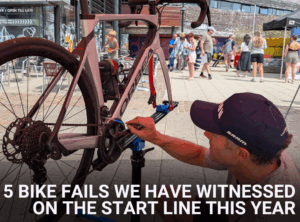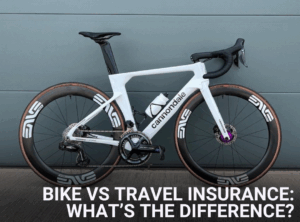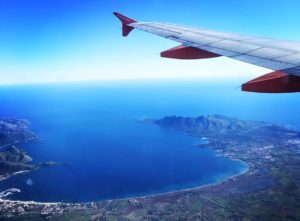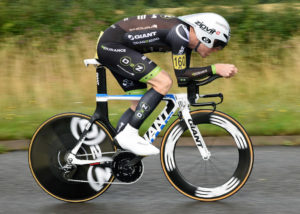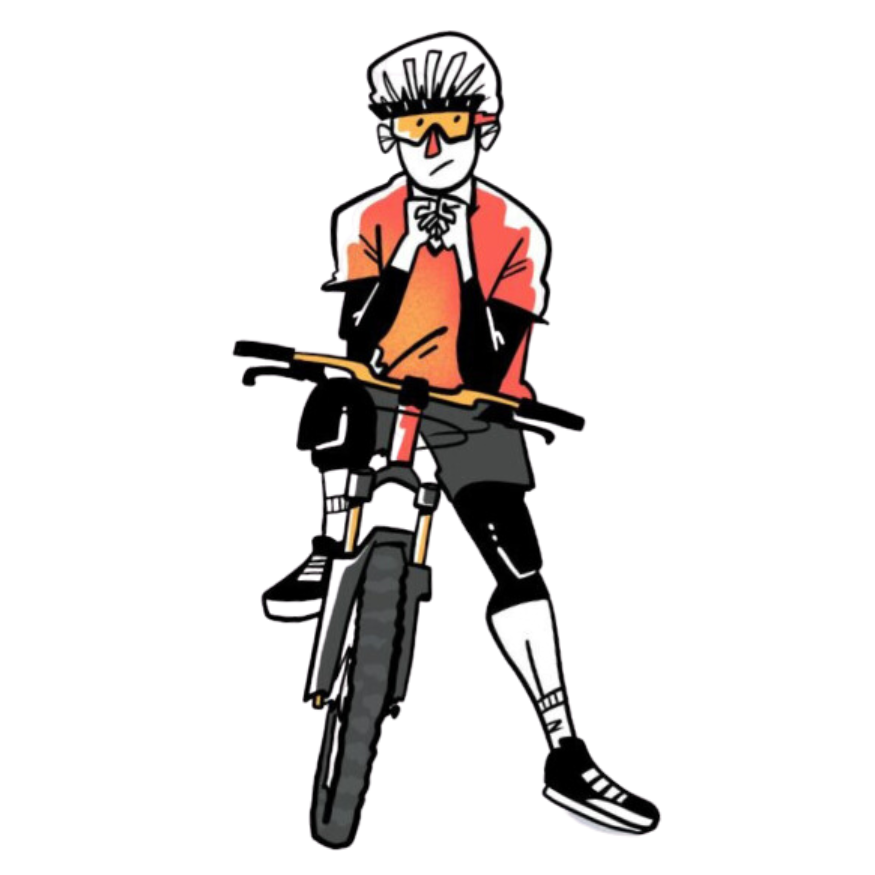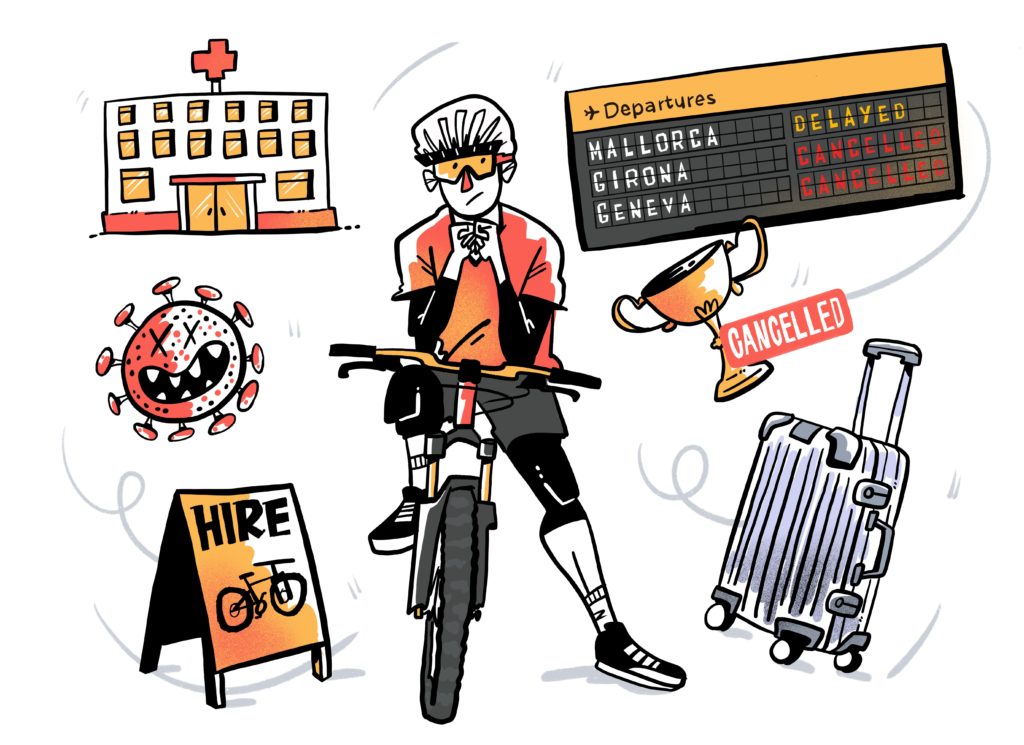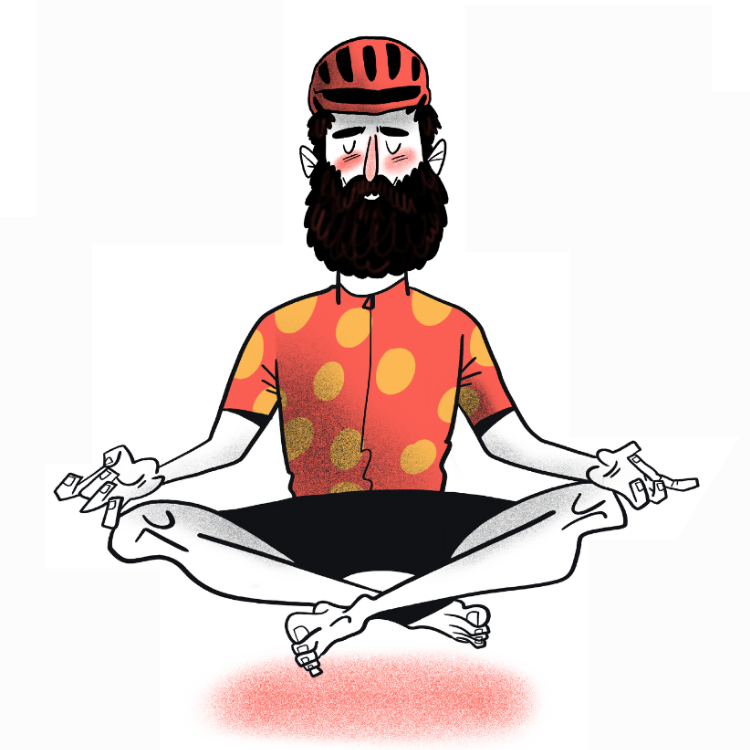Training camps are an excellent way to improve your performance, providing an opportunity to focus solely on your training and immerse yourself in the sport for a set period. Besides, for those of us living in the UK, training through the harsh winter can really take its toll on the body, both mentally and physically. Getting away to warmer climates therefore provides the perfect platform to maximise your time on the road and banking a solid block of training. However, planning a successful training camp requires careful consideration of a range of factors. In this article, we will explore the top tips to plan a successful training camp.
Define your goals
The first step in planning a successful training camp is to define your goals. What do you want to achieve during the camp? Are you aiming to improve your endurance, speed, or technique? Once you have identified your goals, you can tailor your training plan to focus on achieving them. Hiring a coach can be an excellent way to ensure that you get the most out of your training camp. A coach can provide guidance, feedback and support, helping you to achieve your goals more effectively.
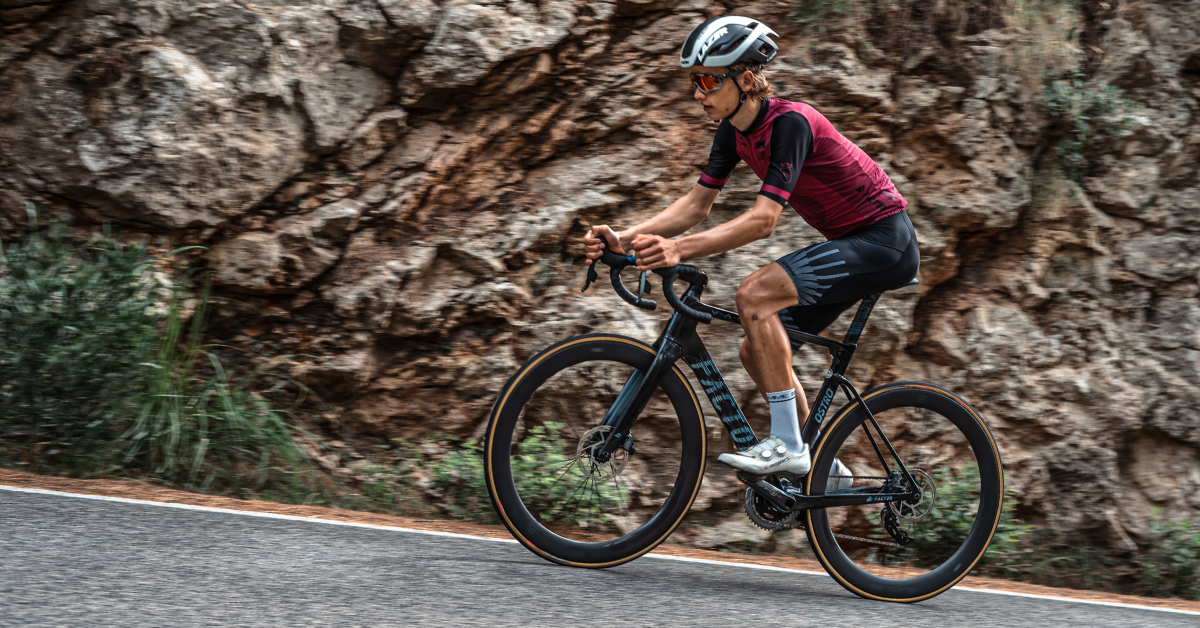
Choose the right location
Choosing the right location is crucial to the success of your training camp. If you’re a crit rider looking to work on pedal speed and sprinting, a camp in the high Alps probably isn’t for you! Look for a destination that offers the terrain, facilities and climate you need to achieve your goals. Consider factors such as altitude, temperature and terrain when selecting your location.
Europe is home to some of the world’s best training destinations, with diverse landscapes and facilities to suit athletes of all levels, here are some of our favourites for road riding:
Mallorca, Spain
Mallorca is a beautiful island in the Mediterranean Sea that has become a popular destination for roadies. The island offers a perfect combination of (mostly) warm weather, beautiful scenery and world-class facilities, making it an ideal location for athletes of all levels.
One of the main advantages of training in Mallorca is the island’s diverse terrain. You can spend your whole day smashing it on flat terrain or gliding up one of the many iconic climbs. The island has a few challenging climbs, including the famous Sa Calobra and Puig Major routes.
Mallorca is a safe and welcoming destination for athletes. The island has a strong cycling culture, with many quiet roads and dedicated cycle paths. If your bike does have a malfunction, you’re never too far away from a friendly and supportive bike shop.
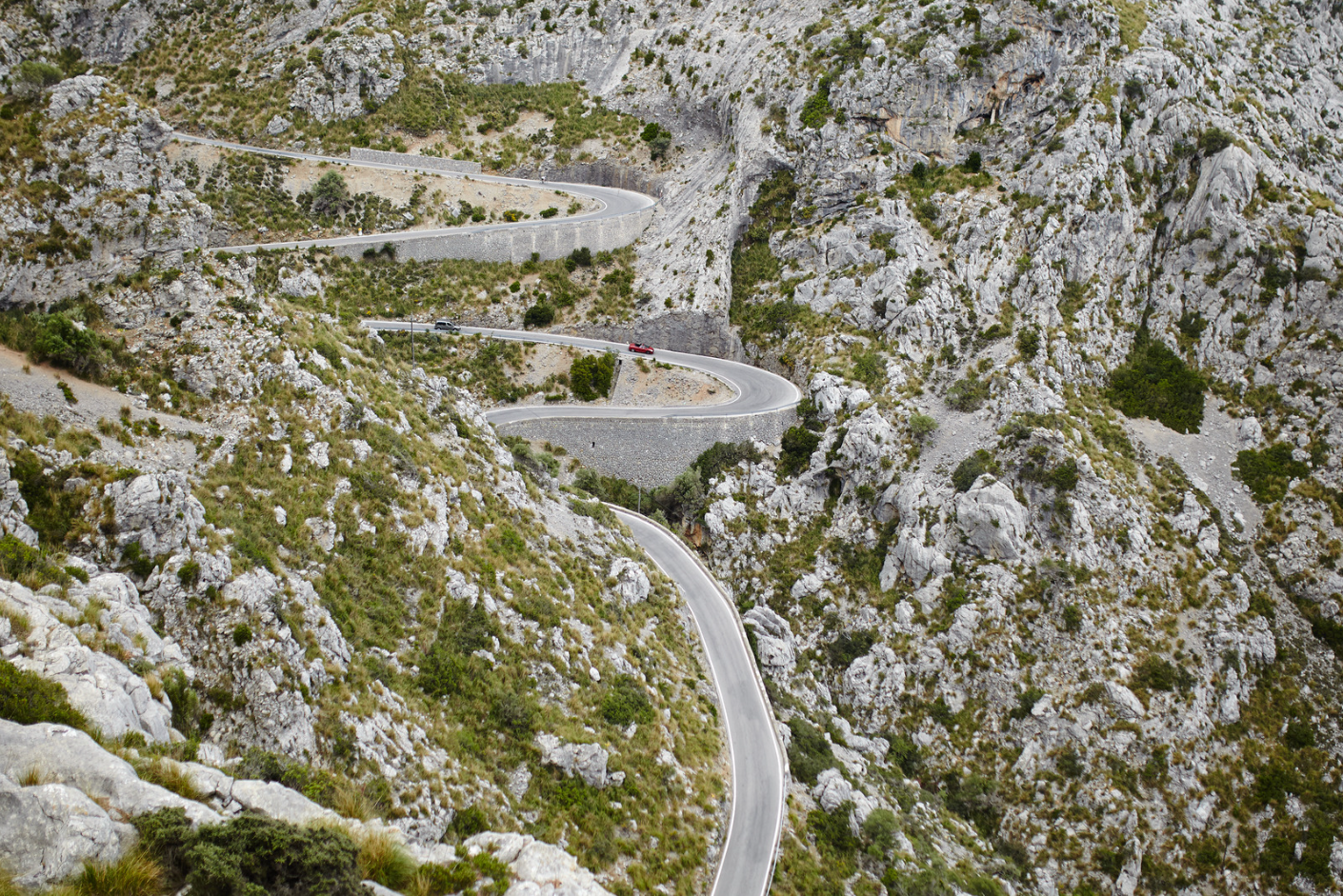
Lanzarote, Spain
Lanzarote, one of the Canary Islands, is a very popular winter destination for cyclists and triathletes alike. The island boasts a warm, sunny climate year-round and has a range of facilities, including a purpose-built triathlon training centre. The island’s volcanic landscape provides challenging terrain for cycling and running, and there are several open water swimming locations for athletes to train. The island also hosts several triathlon events throughout the year, including the Ironman Lanzarote, which attracts athletes from around the world. Be warned, it can get rather windy out there so you’re best off leaving the deep sections at home!
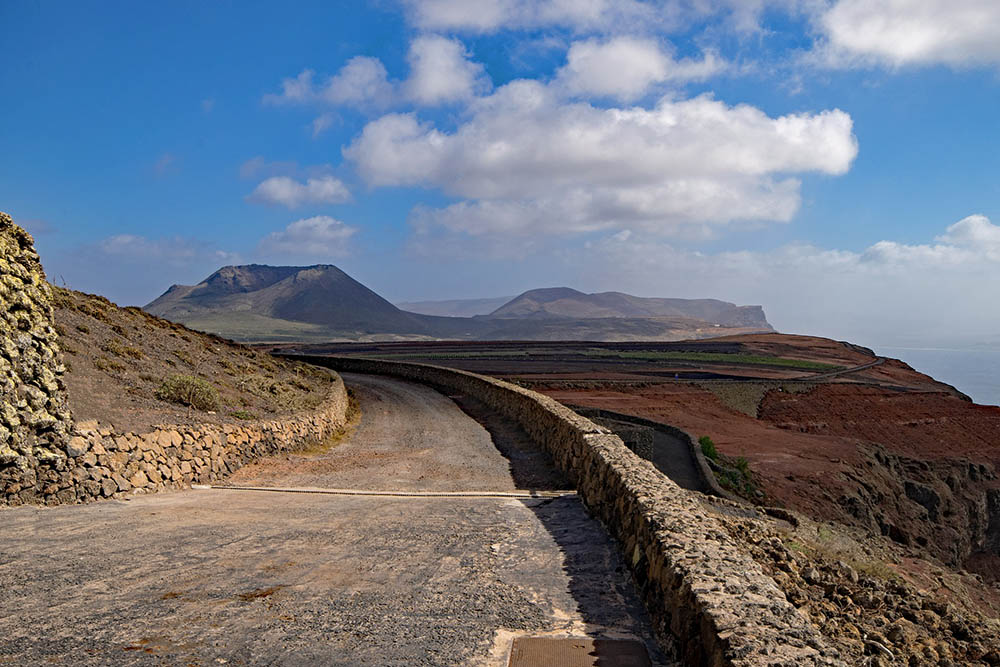
Girona, Spain
Girona, a city in north-eastern Spain, has become a popular destination for professional riders in recent years. The city offers a range of great road and gravel cycling routes that wind through the surrounding countryside. Girona is also home to a thriving community of cyclists, including several professional athletes, who train and live in the city. The city’s mild climate and proximity to Barcelona make it an ideal destination for a cycling camp.
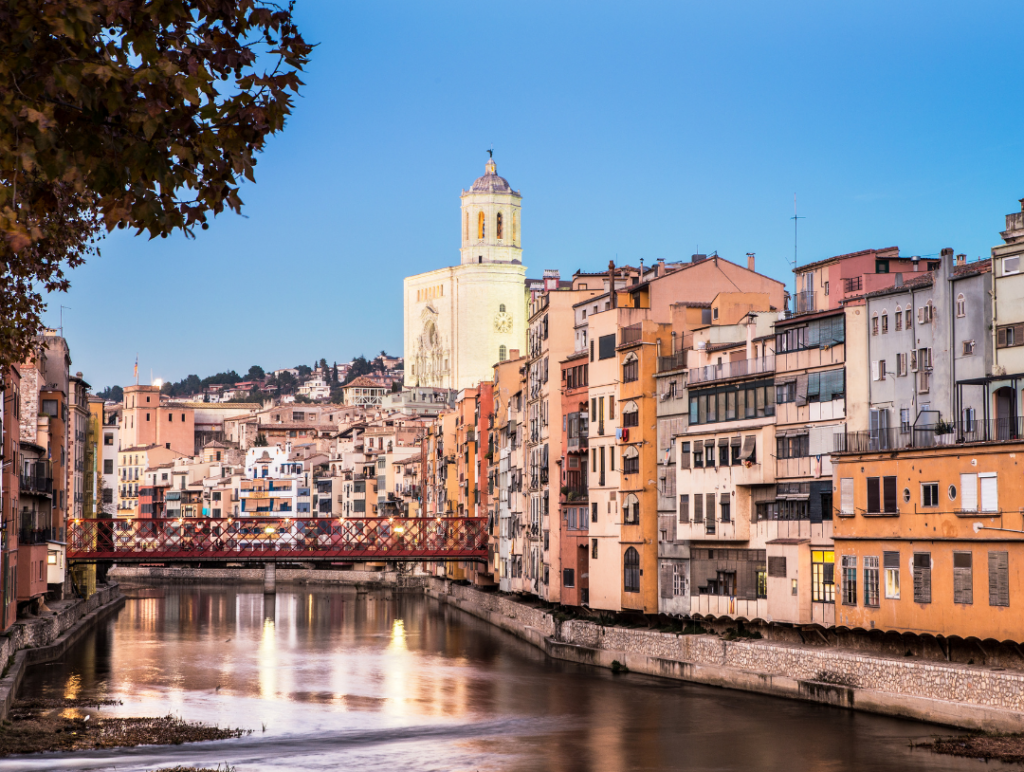
Plan your training schedule
Plan your training schedule in advance, taking into account your goals and the facilities available at your chosen location. Consider factors such as recovery time, intensity, and volume when planning your schedule.
Take care of your nutrition
Numerous studies have demonstrated that taking on carbohydrates during training can enhance the rate of post-workout recovery. It is crucial to prioritise fuelling your sessions, rather than engaging in fasted rides. By adequately fuelling your training, you can recover more efficiently, allowing you to train more frequently and effectively. Ensure that you have access to healthy, nutrient-dense foods and that you are consuming enough calories to fuel your training. Very broadly speaking, moderate cycling, such as commuting, can burn approximately 300 calories per hour, while more intense cycling can burn up to 600 calories per hour. Competitive cycling can burn 1,000 or more calories per hour. It is important to note that these figures are general estimates and may vary based on factors such as age, body size, and level of exertion. Just make sure that you fuel well for your sessions, going into a multi-day calorie deficit when your body is already under more stress is not wise.
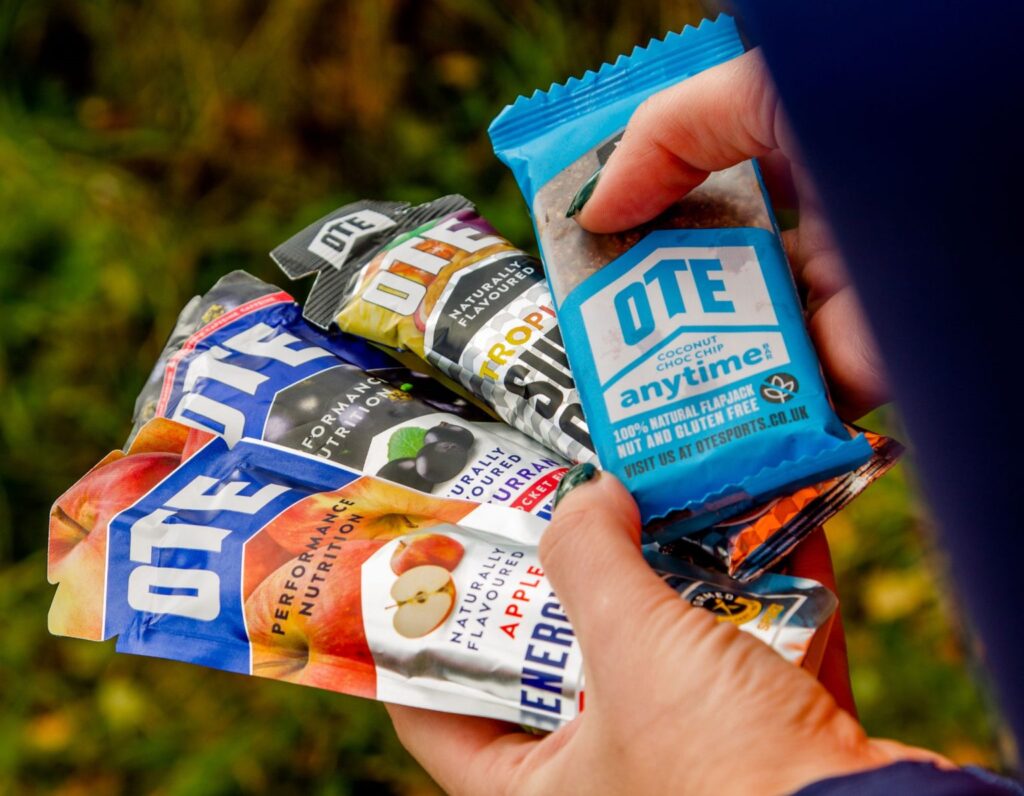
Focus on recovery
Recovery is a crucial aspect of any training program, particularly during a training camp. This requires treating recovery with the same importance as your training regime. If you are dedicating considerable time and effort to training and pushing your body to its limits, you must also allocate a similar amount of time and effort towards proper recovery. Incorporate rest days into your schedule and take care of your body by stretching, using foam rollers, and getting enough sleep.
Make sure your bike is in good working order
It may seem like a given, but it is essential to ensure that your bike is in good working order before embarking on a training camp. If you have not had your bike serviced recently, it is imperative to conduct a thorough check to ensure that it is in optimal condition. Before your camp, take the time to clean and dry your bike thoroughly before conducting these checks.
- Electronic gears: Are they charged?
- Are your tyres correctly inflated, in good condition and free of cuts?
- Are your brakes operational, running centrally and with adequate pad depth?
- If running a tubeless set up, ensure that you have adequate sealant in the tyre.
- Check all bolts are torqued correctly paying particular attention to the stem, bars and seat post.
- Make certain that your chain is both cleaned and lubricated appropriately. In the event of inclement weather, use wet lube, and in dry conditions, opt for dry lube. If you possess a high-end “waxed chain,” ensure that it remains within its optimal operating range.
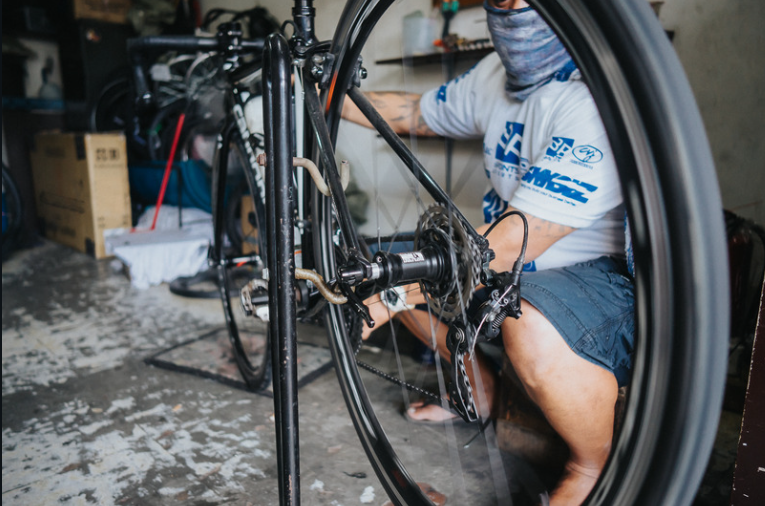
Top tips when packing your bike box
If you’re new to travelling with bicycles, the prospect might seem daunting. Whether you’re embarking on a trip by train, plane, or relying on a tour operator to transport your bikes, it’s crucial to ensure their safe passage.
During the journey, your bike bag will be subjected to forceful movements along metal channels and ramps, propelled by large mechanical arms and pulled up inclines by conveyor belts. Any parts sticking out are at risk of snagging or rubbing against surfaces, leading to damage to your bike, the bag, or both.
- If you have a spare Airtag/GPS tag. Put this in the bike box.
- Before you leave, take a photo of your bike box so that if it does go missing, you have an image which can be shared with the airline to help locate it.
- Always include name and contact identification on, or in your bags. That means that if your baggage tags get torn off, the baggage handlers will still be able to contact you. If you are concerned about security, at the very least, include your mobile number or email address so that you can be contacted.
- If there are other travellers who have also lost their bags, its often a good idea to share your contact details as they may be notified or find the missing baggage whereabouts before you do.
- Protect your bike as much as possible when packing it. Do not put any loose tools within the bike bag. It’s likely that they will move around and cause damage to your bike.
- Let the air out of your tyres when flying.
- Lubricate your chain prior to flying-Airlines do not allow flammable liquids or substances to be checked into hold baggage.
- If dismantling the bike, make sure you safely pack the tools used so that you can rebuild the bike on arrival.

Take out insurance
We couldn’t write an article about going abroad for a training camp and not mentioning the importance of having the correct insurance, right?
Pedalcover Cycle Travel Insurance is designed specifically with cyclists, mountain bikers and triathletes in mind. It covers cycling regardless of the event, be it a family holiday, charity cycle ride, the Ironman World Championships or a downhill mountain biking trip. A common misconception is that people are covered for medical expenses on their EHIC card. Its important to know that the EHIC and GHIC card only gives you access to state-run hospitals which, depending on where you travel to, can be few or far between. State hospitals are generally considered to be hard to come by in most of Spain and Portugal. Using a EHIC or GHIC in a state hospital does not guarantee free medical care- you may still have to pay a substantial amount in some countries. Besides, the EHIC/GHIC cards do not cover any other element of you trip, for example trip cancellation, curtailment, repatriation, liability cover or hospital benefit.
If you want to cover your bicycle against damage by an airline, crash damage and theft when abroad, Pedalcover offer a range of products which can be found here
By following these top tips, you can ensure that your training camp is a success and that you make the most of your time away to improve your triathlon performance.



